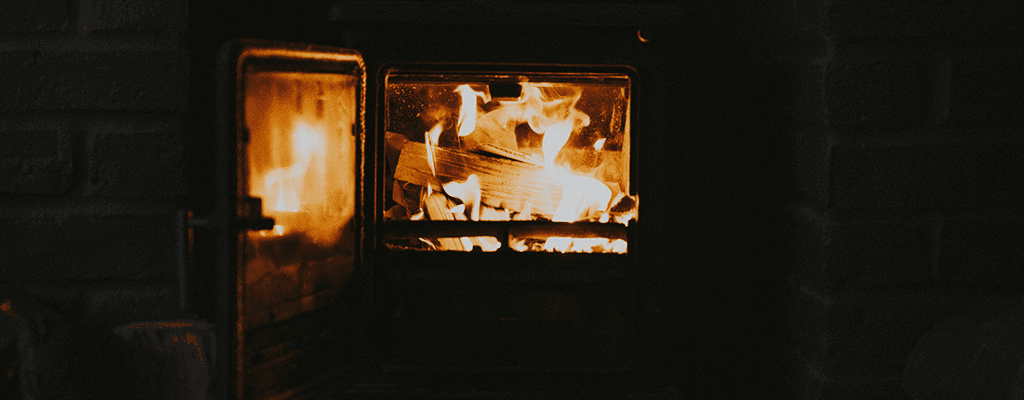
Smoke alarms and carbon monoxide detectors were created to alert you and your family of potential danger. Too often, we take them for granted – ignoring the annoying “chirps” and “beeps”, taking the batteries out to use elsewhere, and not maintaining the devices. When these gadgets detect too much smoke or dangerous levels of carbon monoxide in a room, pay attention! They aid in protecting both your family and your property.
Use these quick and easy tips to make sure your devices are working efficiently and keeping your home safe.
Smoke Alarms
According to the National Fire Protection Association, an estimated 50-80% of fire-related deaths are directly related to smoke inhalation. That’s a pretty scary statistic! Be sure your home is covered properly, and install smoke detectors inside every bedroom, in an enclosed area (like sheds) outside, on each level of your home on the ceiling, and at least 10 feet from cooking appliances. Installing smoke detectors near doors, ducts, and windows will decrease the chances that they will work properly.
- Replace the batteries in your smoke alarm at least once a year. After replacing them, hold the button down for 5 seconds, or until you hear 3 consecutive “beeps.”
- Smoke alarms should be replaced after 10 fully functioning years.
- Never use water or cleaners on the units.
- Learn the alarms and alerts from the device, so you can be prepared in case of an emergency. You’ll find these in the manual that comes with the unit.
- Wipe off and clean the unit with a dry cloth to remove dust and grease. Twice a year, use your vacuum to clear away dust and cobwebs from around and inside the smoke alarm.
Carbon Monoxide Detectors
First, you need to know exactly what produces carbon monoxide. Gas ranges, stoves, furnaces, fireplaces, gas clothes dryers, and heating systems and vehicles are the most common outlets for carbon monoxide. This is the “silent killer” because this potentially dangerous gas is odorless and colorless. Small amounts of carbon monoxide in your home can lead to shortness of breath, headaches, and nausea. Longer exposure to large amounts can cause fainting…and even death.
- Change the batteries in your carbon monoxide detector at least once a year. Do not remove them, unless you have replacements immediately on hand.
- After replacing batteries, press the button. You should hear a “beep” if they were installed correctly.
- Install one on each floor of the home, in each bedroom, and in each hallway near sleeping areas. Placing one at the top of each stairway going to an upper floor and bottom of stairways going to the basement is also recommended.
- Make sure the GFCI outlets in your kitchen, bathrooms and laundry room are working properly. This stops the flow of electricity to the outlet if it gets wet. In rooms where water is prevalent, this is extremely important.
- Be sure you are performing maintenance on your heating elements. Once a year, contact Fixd Repair for a certified technician to come out for yearly, professional maintenance.
- NEVER run your vehicle in an enclosed space like the garage.
Your family and property are priceless. Taking better care of your smoke alarm and carbon monoxide detectors will help keep you and your family free from danger. We all get annoyed with the “chirps” from our detectors, but that sound could save your life or your home one day. Regular maintenance will keep your family safer and your home protected.
